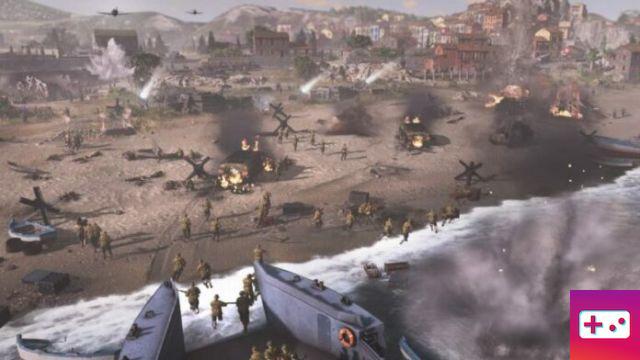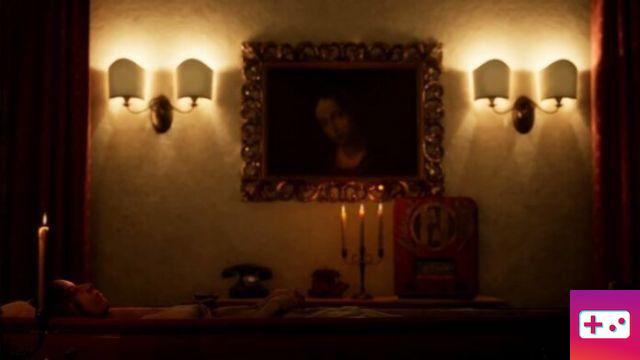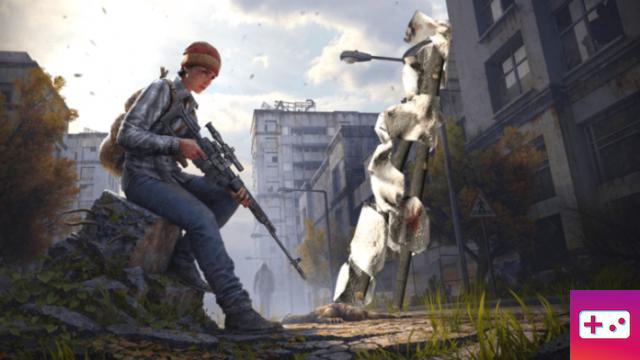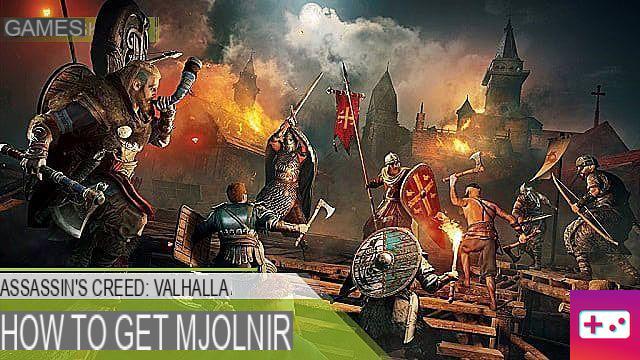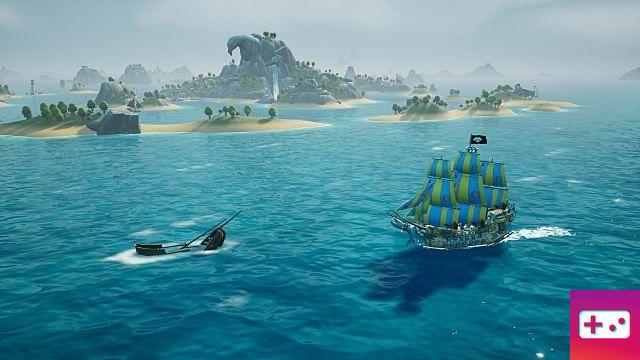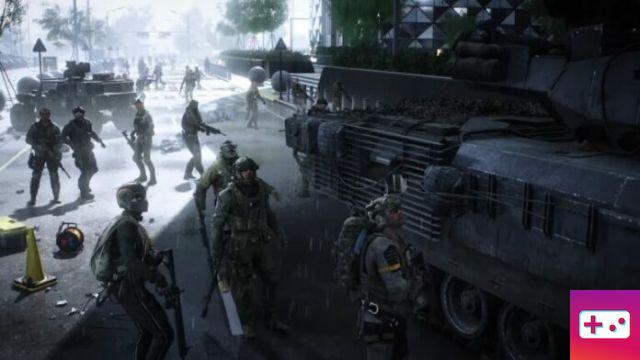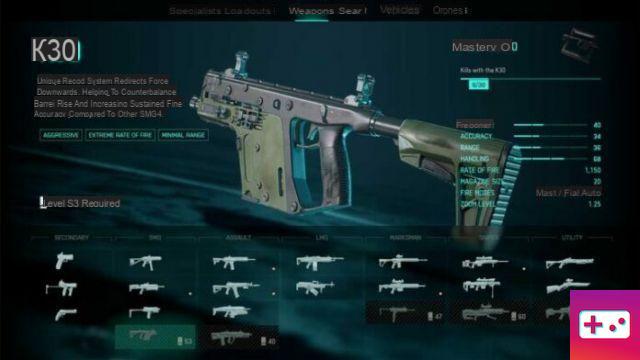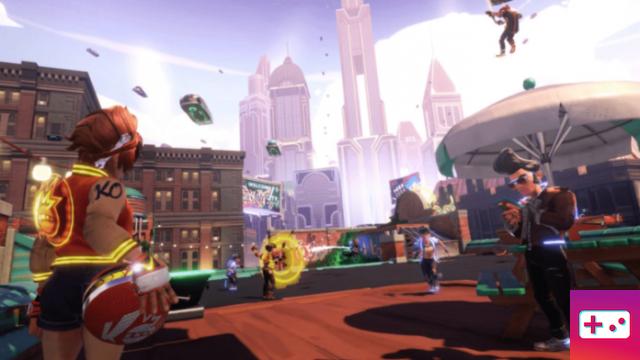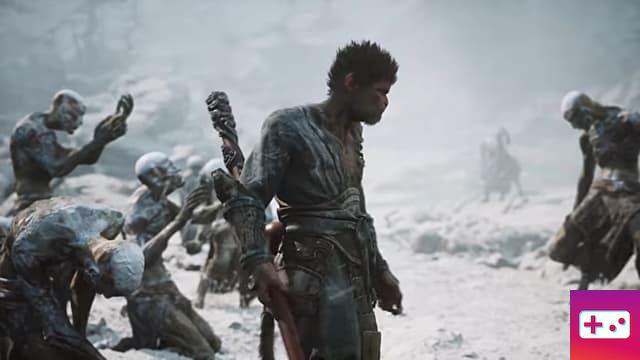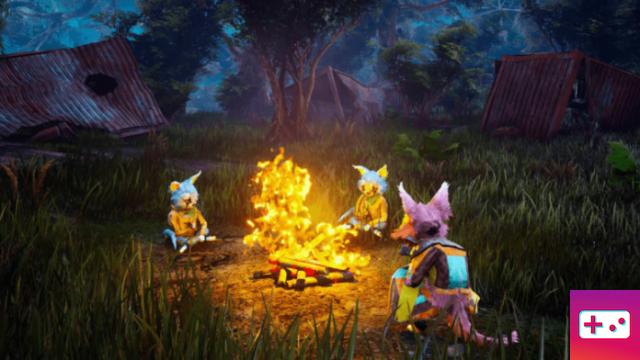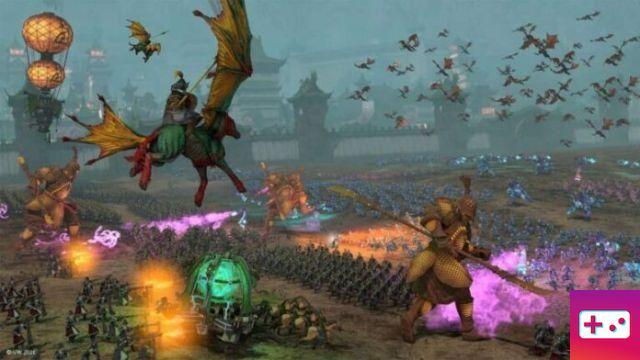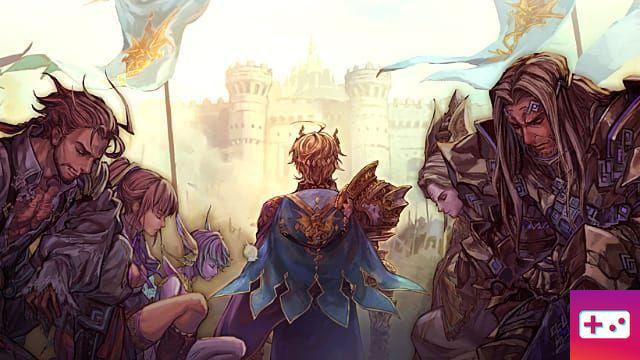
Happinet intends Brigandine: Legend of Runersia to be a revival of the PS1-era tactical title Brigandine: Legend of Forsena. The latter had a few issues that held him back, so it seems like a commendable effort on the surface.
While there aren't many other tactical games that do what Brigandine does, this release is hampered by frustrating production and balance issues. In an attempt to address Legend of Forsena's biggest issues, Happinet has somehow ignored other important issues that have yet to be addressed.
Brigandine: La légende de Runersia Review – Of Monsters and Muddles
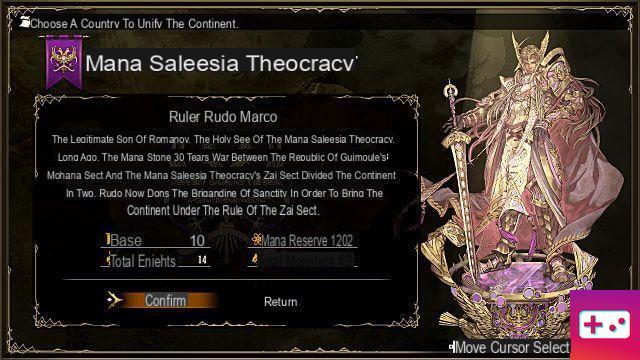
In Runersia, you are the leader of one of six nations. Typically, you're trying to conquer the other five for one reason or another. No matter which nation you choose, you're joined by a handful of allies, and you'll gradually unlock additional story scenes as the story itself progresses or you discover lost records that explain how the world works.
It's mostly a high fantasy wrap for Runersia's gameplay, but that doesn't make it any less enjoyable.
The beautiful 2D artwork accompanying each scene goes a long way in making the game unique, in addition to each nation's particular motivations and issues. Still, more scenes ending invasions would have been a very good thing.
Brigandine's gameplay is essentially a risk tactic. You have five years to unite Runersia, and those years are divided into seasons. Each season is essentially a round, and it's split into two phases – or three if you're a fan of categories. Organize and Attack are the two main phases, with Invade as the back half of Attack, if you choose to attack someone (more on that in a bit).
The organization phase is the element of risk in Brigandine, and it is certainly what sets it apart from other tactical games. Initially, you have a number of bases to work and defend, but you don't have enough rune knights to defend them all. It's also not about putting a single knight on each base, because that just invites trouble.
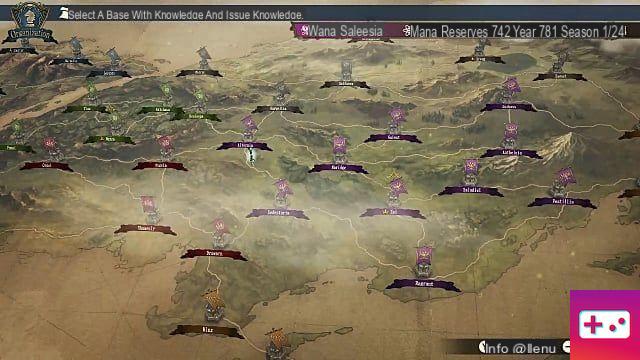
Therefore, part of your task is to mix your forces to cover potential enemy invasion points, push forward with your own invasion, or if you're like me, rush to reclaim bases you've lost because you haven't balanced the other two. factors quite well.
Because your enemies are pretty dormant at first, it's easy in the first five seasons to stretch your resources too much - setting up outposts against multiple enemies or trying to handle too many invasions at once. Planning at least one or two seasons in advance is essential from the start.
You'll recruit more Rune Knights as the game progresses either through quests or scripted events (the requirements for triggering in-game events are pretty inscrutable though).
Rune Knights are strong on their own, but you'll need to summon monsters to squad around them if you really want to win battles. After leveling them up and, for Rune Knights, reaching a skill level with a job, you can also reclass to gain new skills, so there's a good trade-off to be involved in training your troops.
But knights and monsters are where things get a little sticky.
Each base has a predefined pool of monsters that you can summon from. That said, it seems random which base can spawn which monster. I could get a centaur from just one of the 15 bases, and it was the same for goblin warriors. Dragons, wolves, and golems are a dime a dozen.
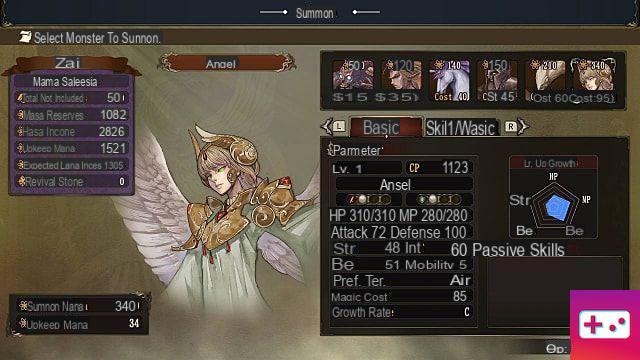
No problem, you might say. Except you need a rune knight on base to tether the monster, which means taking them from anywhere else they might have been stationed; and it is a season. Then you'll spend the next season moving them where you need them. The Mana system adds a bit to this problem.
Normally this is a bargain. Each monster has a mana cost, and each rune knight has a mana limit that increases as it levels up. Basically, you can't summon 100 dragons and stick them on a knight; you need to design your teams carefully.
This requires planning ahead, but it also seems like an artificial, unnecessary layer of planning – more of an annoyance than an actual feature. This doubles when considering terrain advantages. There are several types of terrain, each offering bonuses or penalties depending on the type of unit. At first, depending on which nation you start with, you won't really need to manage the terrain, but that changes as you push your invasions.
The execution is a bit cumbersome. For example, I think the Shinobi are forest dwellers, but their maps are absolutely full of forests. This disadvantages all units except flyers and plants. Normally I think it was a nice twist that really uses the monster system and some of its finer details when you're optimizing for combat. But it ends up feeling tedious.
On the plus side, if you don't stop to plan new monster squads, you'll be building your formations around the other points of terrain on the map with your existing teams, although that means treating the hit rates as rubbish.
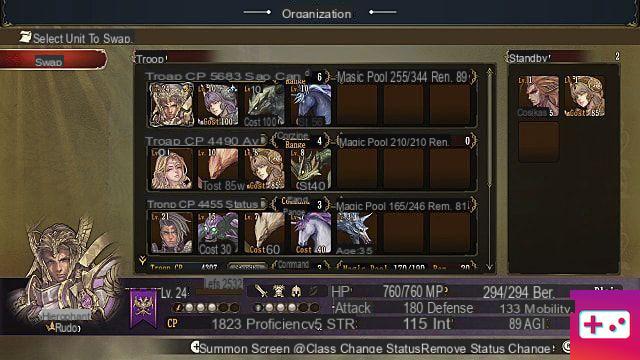
Whether you're constantly building new teams or just adding new creatures in general, you'll need to level up these monsters. If you lose a monster in battle, it's gone for good. It's an incentive not to aspire to combat, obviously, but a loss or 10 is likely to occur eventually. The new mobs come in at level 1 and are mostly useless in battle unless you pull off a Final Fantasy 2 and use them as damage sponges just to rack up experience.
Enter the quests to solve this problem.
You can take on quests in a base and send rune knights and squads on various quests with names (but no descriptions) and a probability of success or failure (nothing to say why this might go in one way or the other). You'll get items and experience points based on each quest's success - something out of your control - or you can send a squad to the training camp for some extra experience.
Experience is handy for getting new monsters and some rune knights to at least level 5, but it also doesn't scale. A bonus of 200 experience points begins to seem trivial after this level. In turn, different levels of training would have made a big difference, and this could easily have been offset by taking, say, two seasons to complete instead of just one. It's less of a problem as you progress, but it does make getting started a bit of a pain.
So that's all you need to consider for your organization phase, except for quests, which are under attack. That's a lot to cover at first, and Brigandine's lengthy tutorials don't always hit all the points you need to know. Expect to learn how the game works for several more hours.
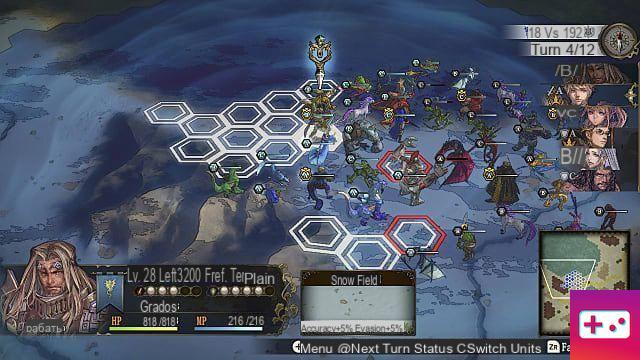
Unsurprisingly, the invasion phase is where battles take place and you can engage in as many invasions during the attack phase as you think you can. Battles take place on large maps. No matter how many Rune Knights you have stacked on a base, you can only take three into battle.
There's also a bizarre quirk at play here. You are encouraged to shore up your vulnerable bases so that your command points – a number indicating the likelihood of you resisting or succeeding in an invasion – equal or exceed that of a nearby opponent. It's ultimately kind of pointless because you can't actually use all of those knights in battle.
It looks like it could be the result of bigger difficulties. Normally, enemy nations only invade empty bases or, as happened once, bases where every knight is questing. I haven't tried hard yet, but I guess the enemies there are more aggressive.
Either way, once the battle has started, you have 12 turns to capture the enemy stronghold by placing a unit there for a full turn, defeating all enemy commanders, or forcing them to surrender. Or at least the game tells you so. I tried the capture option and it didn't work.
The 12-turn limit is a carryover from the original Brigandine, and it brings the same issues with it. Because you don't have time to plan strategies to split the enemy army or to approach a city/palace from all sides, the fight usually takes place in the six squads meeting somewhere in the middle and bashing each other until someone is dead enough.
That's not to say strategy isn't involved. You will need to pay close attention to unit placement thanks to Brigandine's unique hex system where you cannot pass through hexes adjacent to a unit. This is something you can use to your advantage to block enemies from more vulnerable troops or to trigger a “chain” where you surround enemies and increase your critical hit rate.
It's a good idea that isn't really necessary in most cases. Typically, the quagmire of knights and monsters that do so makes gadget placement a hindrance more than anything.
Even though most unit special skills can't be used after a move, creating some sort of formation and adapting it to enemy moves is something you'll do a lot. Maybe that's a good thing, because that's how you expect a battle to go. This isn't Fire Emblem, where super-powered student assassins single-handedly infiltrate strongholds, so I'm a little torn between the obvious limitations and whether they somehow fit the bill.
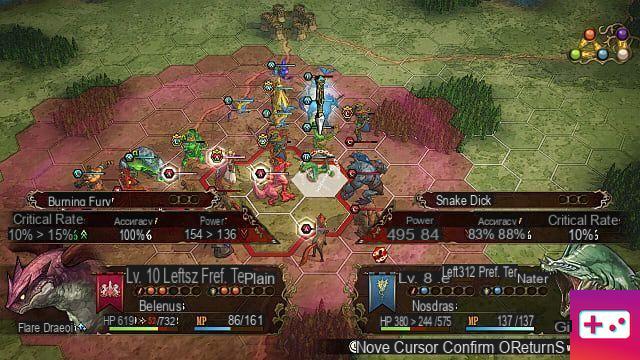
But that doesn't explain the game's balance problem. Levels don't always determine combat strength. For example, a level 1 ghoul should absolutely not be able to survive three hits from a level 10 dragon or multiple spell blasts from a powerful enchanter.
The biggest issue here is that it's the same issue that Legend of Forsena has dealt with and been criticized for. Happinet has responded to criticisms of overly long animations, which is much appreciated. But the lack of map variety, the leaps and bounds of land use, the odd balance, and the limitation of the game's own forces with the turn limit in combat ultimately drag it down and create an odd disconnect between the planning involved in the organization phase and the brawling battles usually change into.
There are also a few badger production values to point out. The first is audio. The sound effects for monsters and characters are… weird. One species makes a sound similar to a cartoon soundbite of stepping into poo. The Dancer-class Rune Knight makes a sound similar to sleigh bells when she moves. I don't know why, but it belies the high fantasy feel that Brigandine aims for and just feels cheap.
Localization also needs some work. It looks like there are probably two editors on the project or maybe an editor and a machine because you'll go from fantastically good writing to lines that don't fit the context or completely break character, sometimes in the same set of dialog.
Brigandine: Legend of Runersia Review – Le bilan
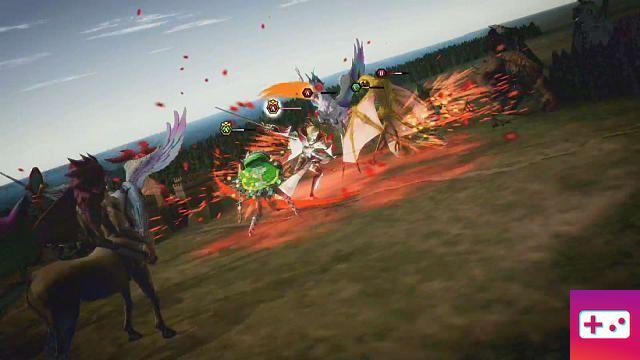
Benefits
- tons of depth
- Good high fantasy story, even if there isn't enough of it
- Give and take gameplay, where every action has a cost
- This satisfaction when your projects bear fruit
The inconvenients
- Some frustrating and unnecessary layers of planning
- Retains many of the same issues as the original
- Needs more polish
- Some aspects, like quests and events, need more attention
- Disconnect between Organize Phase planning and mosh pit fights Invasions invariably turn into
In the end, scoring Brigandine: The Legend of Runersia is difficult. I love its depth, its concepts and its style. And the list of laundry complaints is more visible when you're not actually playing it.
Still, there are definite issues that need to be addressed, particularly gameplay issues that have lingered since the 90s. Hopefully, we'll see another new brigandine willing to take bigger steps to address those issues.
(Note: a copy of Brigandine: The Legend of Runersia was provided by Happinet for the purposes of this review)




